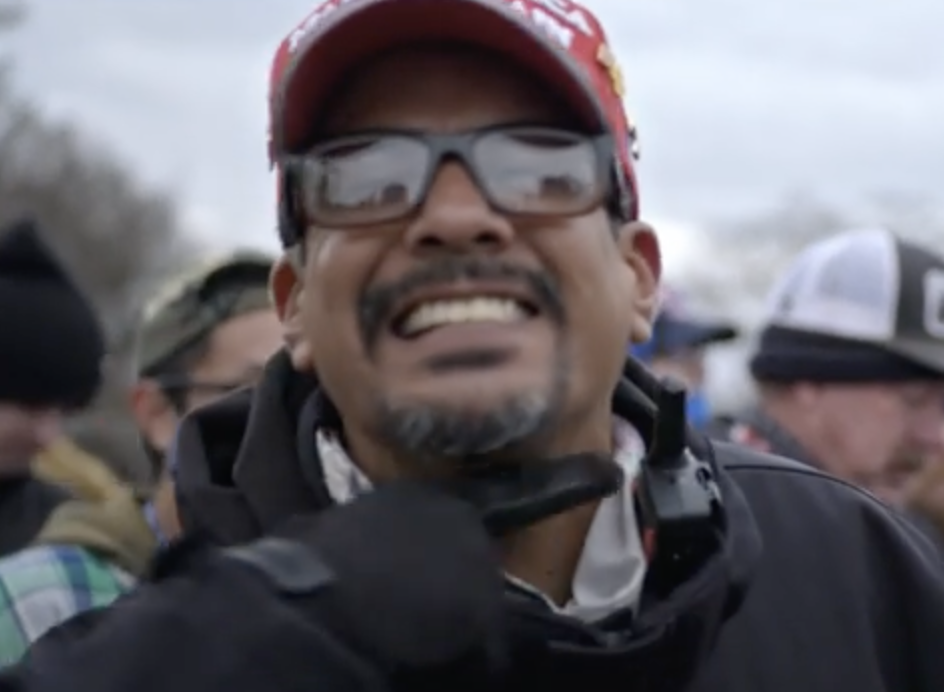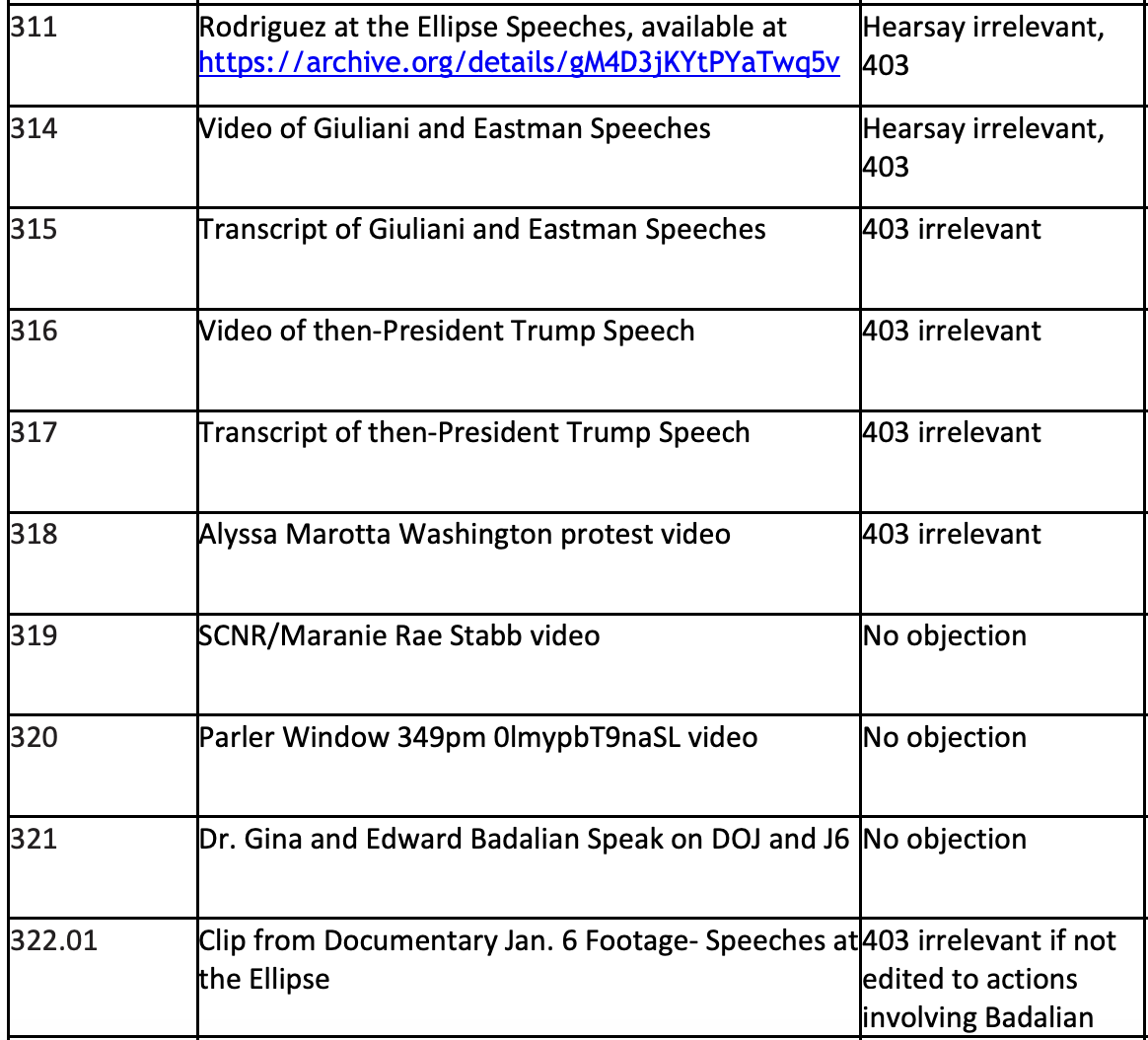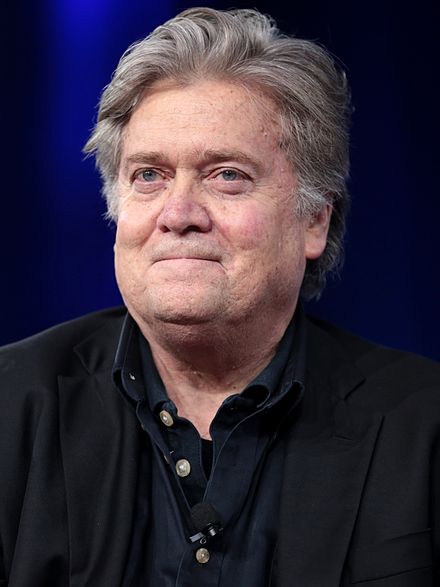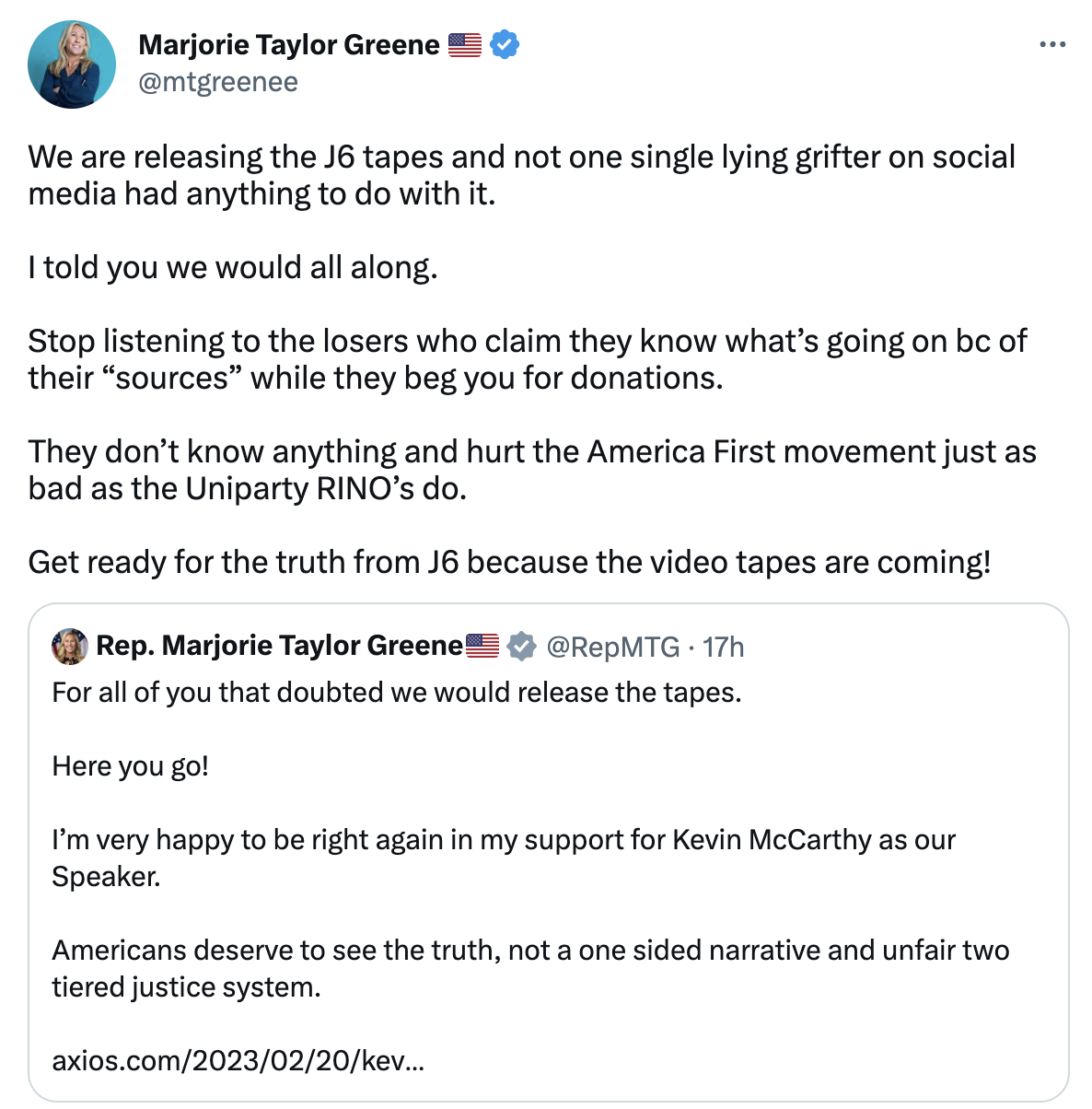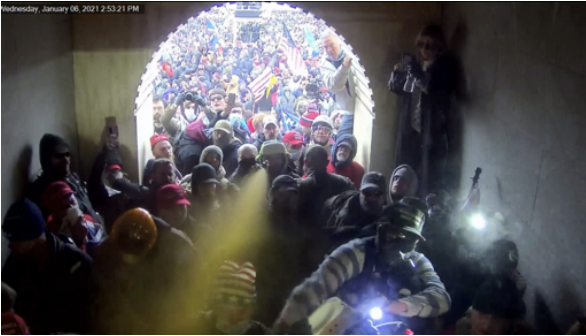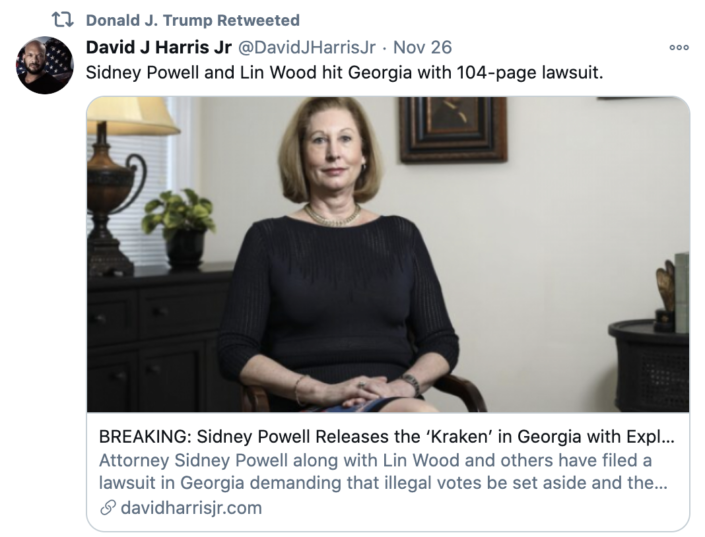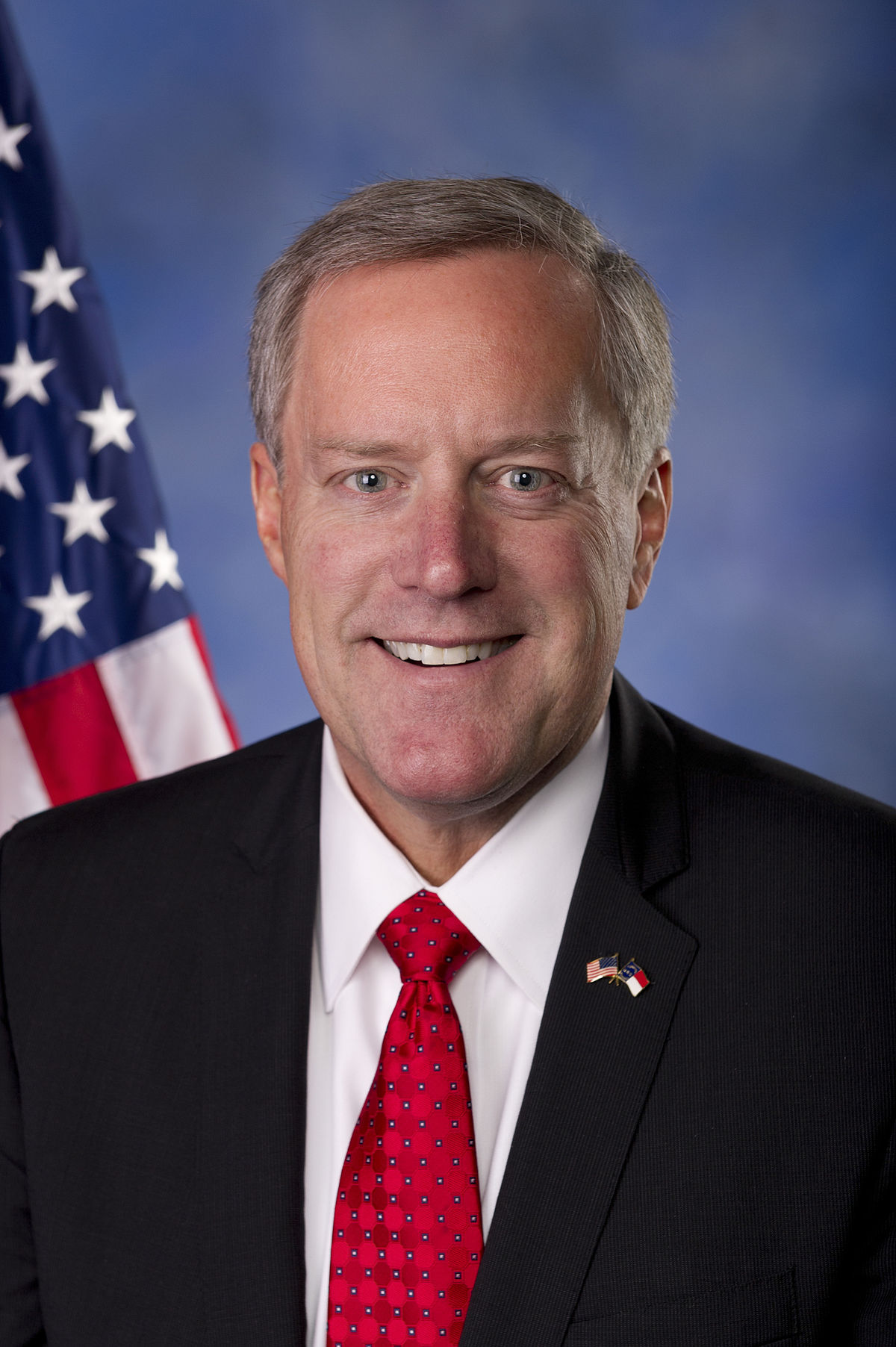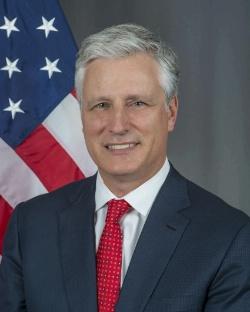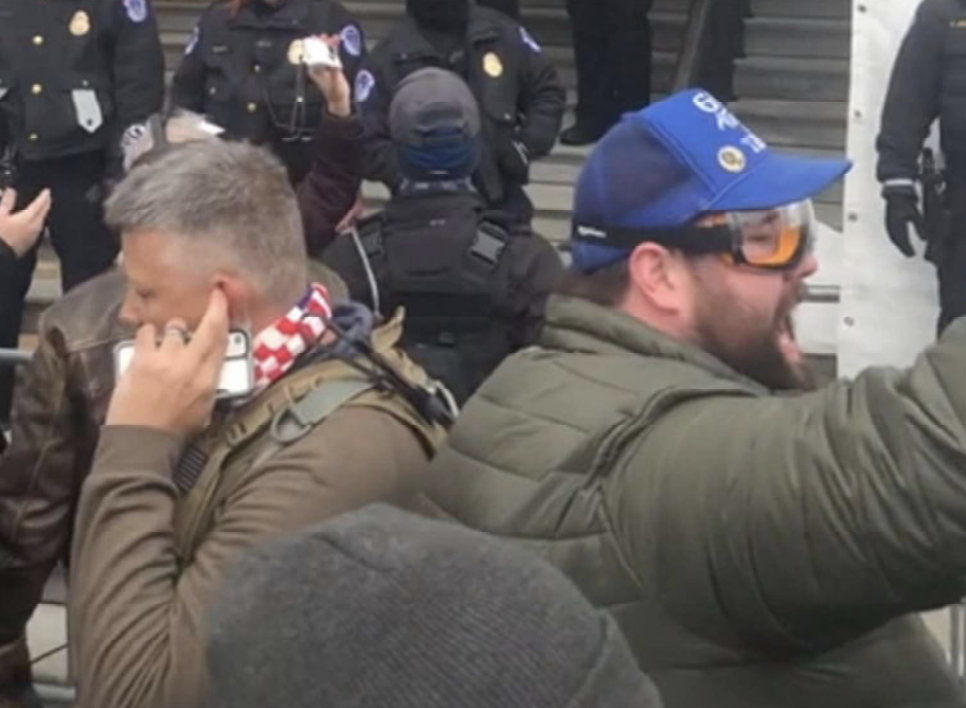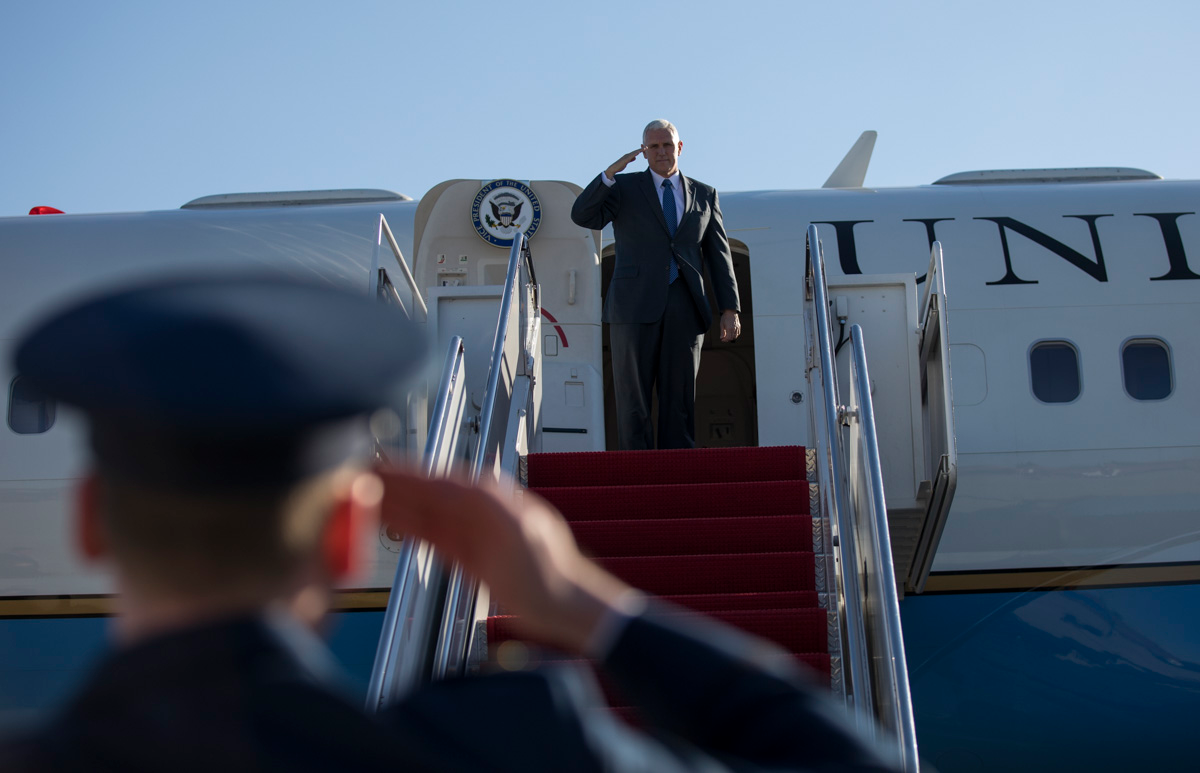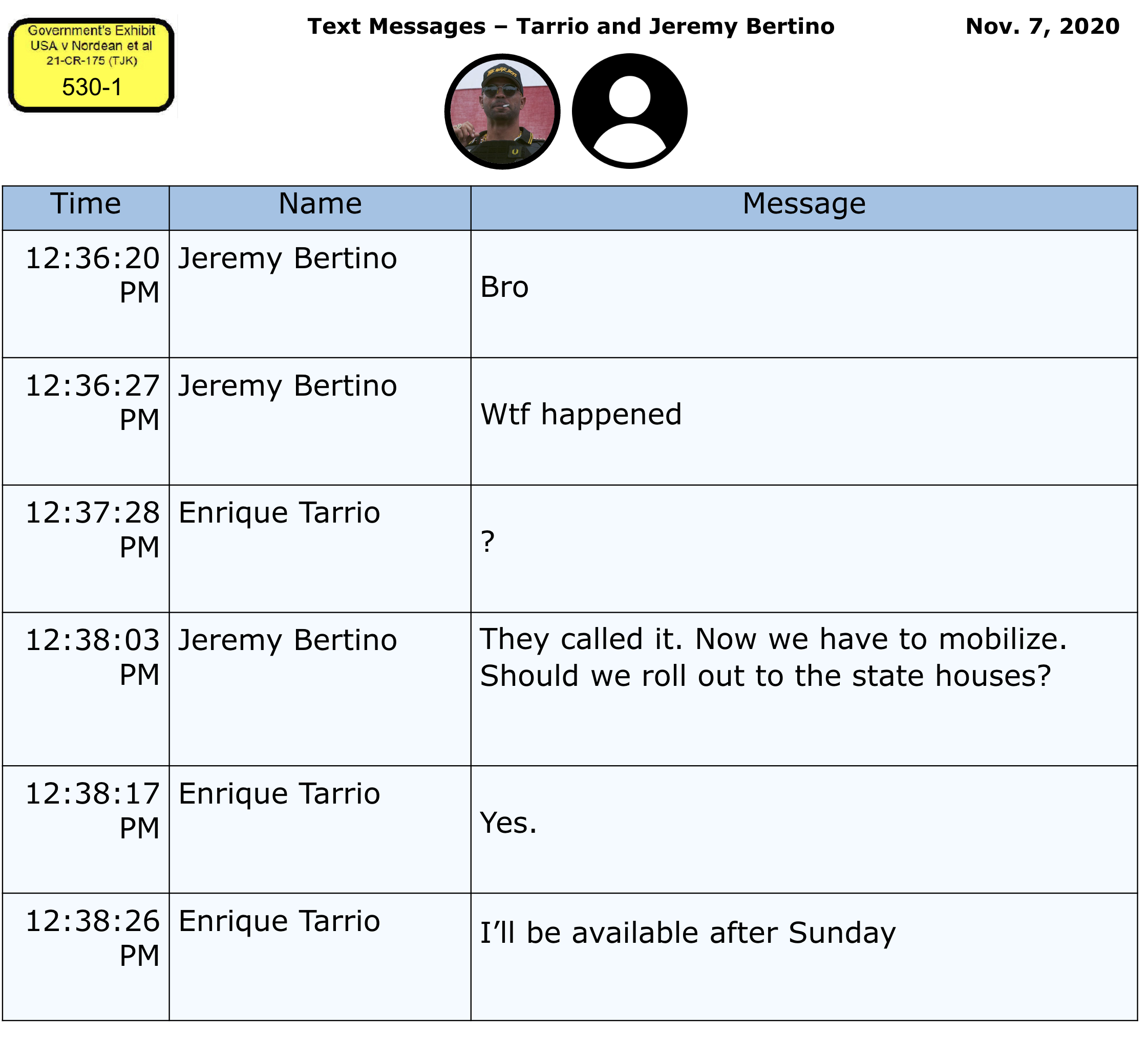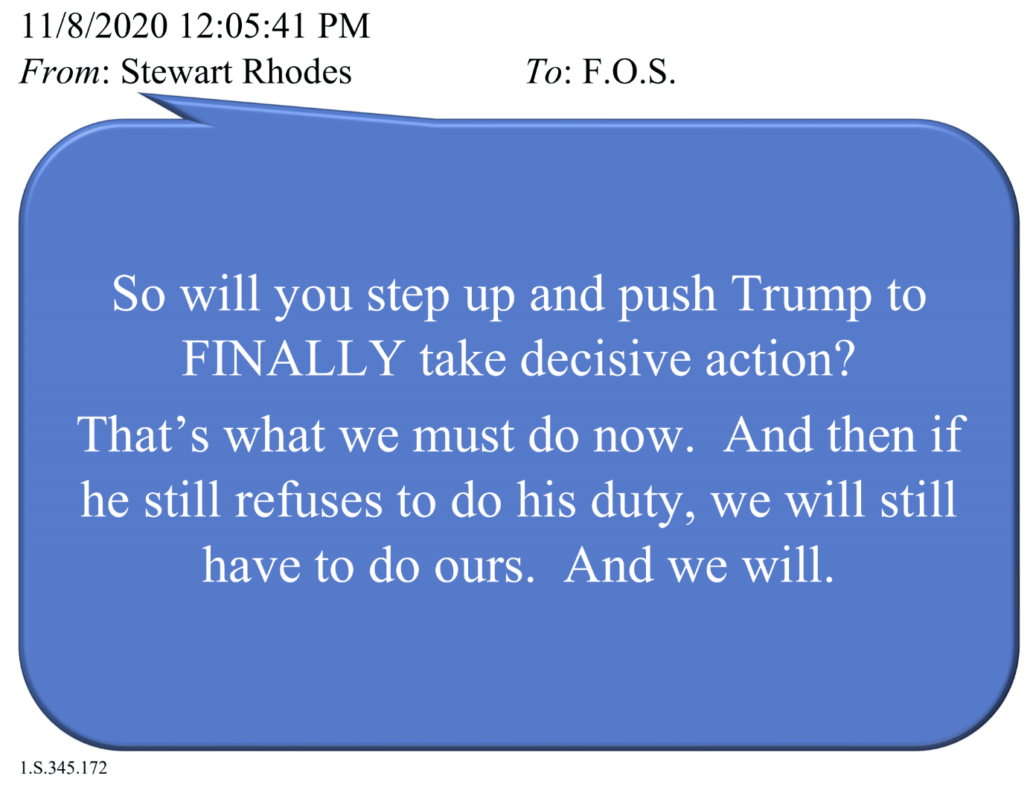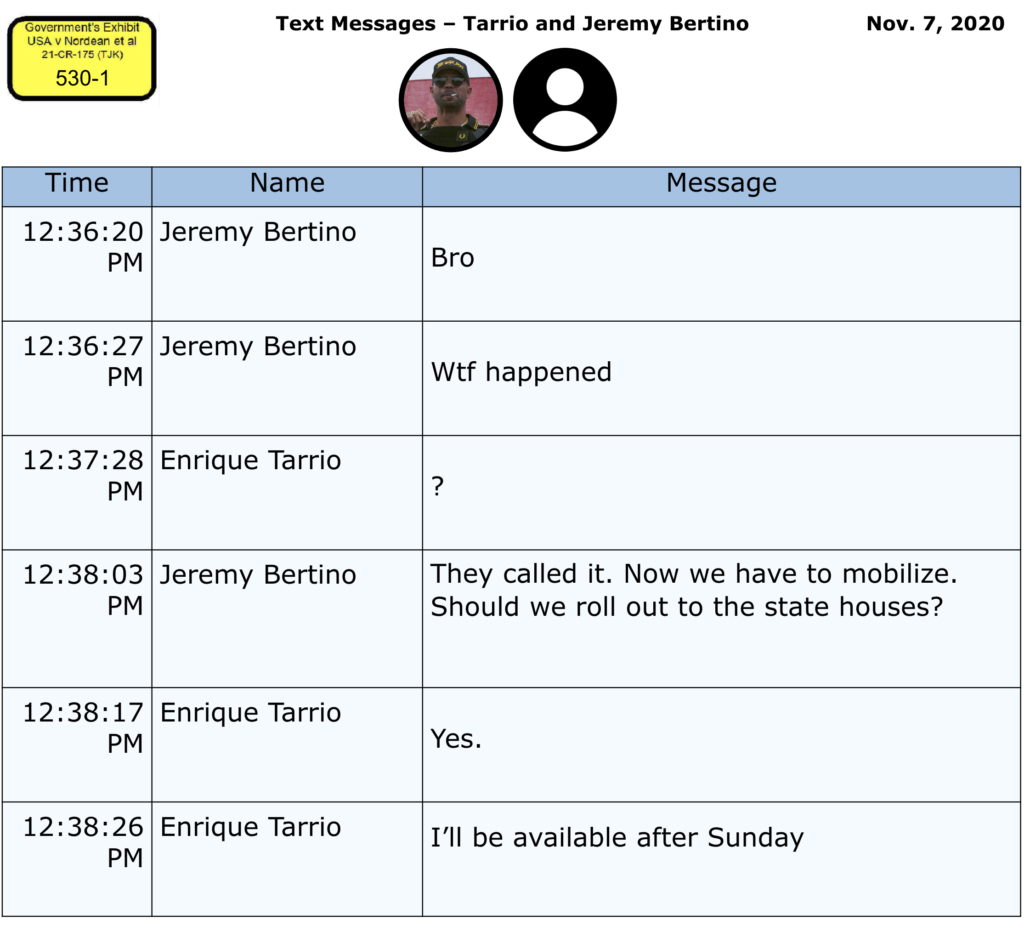Trial by Combat: Rudy Giuliani and John Eastman Speeches Included in Ed Badalian Exhibit List
In a pre-trial filing in the case of Ed Badalian — who is charged with conspiring with Michael Fanone’s now admitted assailant, Danny Rodriguez, to obstruct the vote certification — the government identified at least six exhibits pertaining to the events at the Ellipse on January 6 it may introduce at trial.
That includes not just video and a transcript of Trump’s speech, but also of John Eastman and Rudy Giuliani’s speeches.
Exhibit 311 likely references the documentary clip showing Rodriguez, seemingly responding to Trump’s call-out of Pence in his speech, turning to the camera, stating “Joe Biden,” and making a throat-slitting movement several times (See 25:43 in this video).
Focusing on what happened at the Trump rally is unusual in January 6 trials.
Not even with some of the defendants who seemed most enraged by Trump — such as Kyle Fitzsimons — did the government rely on more than a still picture of the Ellipse event. In the Dustin Thompson case, where Thompson had affirmatively claimed that Trump’s speech had authorized him to storm the Capitol (and where Thompson had falsely testified Rudy’s speech had done so too), the government included just a YouTube of Rudy’s speech that had been sent to Thompson. They had Trump’s speech available as an exhibit, but relied, instead, on Thompson’s Uber and GPS records to prove he hadn’t seen Rudy’s speech.
The government has more often than not tried to keep the Ellipse rally out of January 6 trials than include it.
But in this case, the government may be in a position to do something else: to tie Trump, Rudy, and Eastman directly to the violence at the Capitol, to tie Trump directly to the attack that almost killed Michael Fanone.
As DOJ has done with other charged conspiracies, the indictment, Rodriguez’ statement of offense, as well as that of co-conspirator Gina Bisignano trace how the co-conspirators — here, a group of anti-maskers from Southern California — responded to Trump’s call by arming themselves, traveling together to DC, getting riled up at Trump’s speech, then going to the Capitol to engage in some of the most important violence and destruction during the attack.
In response to Trump’s December 19 tweet, for example, someone in the group described that, “Trump is calling on everyone to go to DC Jan 6th.” Two days later, Badalian announced, “we need to violently remove traitors and if they are in key positions rapidly replace them with able bodied Patriots.” On December 29, Rodriguez boasted, “Congress can hang. I’ll do it. Please let us get these people dear God.” Sometime before leaving for DC, Rodriguez told someone else, he would “assassinate Joe Biden” if he got the chance. On January 5, Badalian said, “we don’t want to fight antifa lol we want to arrest traitors.” Also on January 5, Rodriguez promised, “There will be blood. Welcome to the revolution.”
In this case, they also have a remarkable confession. DOJ has Rodriguez explaining to the FBI that he didn’t plan on murdering anyone like Fanone, he just thought there might be casualties because, he believed, he was fighting a civil war.
I kept thinking that we were going to go to, like, a civil war and it’s going to go hot and we’re just — it’s all going to — you know? I don’t know. I didn’t know — we didn’t — nobody knew, so we just thought that it was going to — we were preparing for the — we’re trying to save the country. We thought we were saving the country. I thought I was helping to save the country.
[snip]
A. I didn’t go planning to murder anybody.
Q. I’m not saying that.
A. But I knew that it was a possibility that —
BY AGENT ELIAS: Q. There could be causalities and —
A. There could be causalities. That, like, if this was another civil war, this was another 1776, another 4th of July or something, that that could be a possibility and —
But what they also have are the immediate reactions to Trump’s speech (and perhaps Eastman and Rudy’s, too), that turn to a camera and the show of slitting Biden’s throat. Rodriguez is not the only one who responded to Trump’s incitement by voicing plans to attack the Capitol. Bisignano (who may yet live to regret her nine month effort to renege on her plea deal) also responded directly to Trump’s incitement. “I hope Mike Pence is going to do the right thing,” Trump called out. “I hope so too,” Bisignano responded, “he’s deep state.” And as she marched to the Capitol, Bisignano filmed herself describing that “we are marching to the Capitol to put some pressure on Mike Pence.” Once there, she described, “we are storming the Capitol,” before she, Rodriguez, and Badalian did just that together.
One of the key pieces of evidence Jack Smith’s prosecutors have tying Donald Trump and John Eastman and Rudy Giuliani to the attack on the Capitol are Greg Jacob’s retorts to Eastman that day. “The knowing amplification of [Eastman’s] theory through numerous surrogates, whipping large numbers of people into a frenzy over something with no chance of ever attaining legal force through actual process of law,” Jacob told Eastman at 3:05 PM on January 6, as he sheltered with the Vice President from Danny Rodriguez and Gina Bisignano and thousands of other attackers, “has led us to where we are.” At 2:14PM, just as attackers broke through a window of the Capitol, Jacob was more succinct: “[T]hanks to your bullshit, we are now under siege.”
An hour after that initial breach, Danny Rodriguez would grab Fanone and, using a taser he was handed inside the Tunnel, tase the officer twice in the neck, leading to a heart attack and other injuries that remain redacted in Rodriguez’ statement of offense. In the morning, Rudy Giuliani called for “trial by combat.” John Eastman told listeners, “We no longer live in a self governing republic” if they couldn’t get Pence to let Republicans investigate further. Trump told his followers that if they didn’t fight, they wouldn’t have a country anymore.
In the morning, Trump’s speech led Rodriguez to imagine knifing Joe Biden, and in the afternoon, Danny Rodriguez almost killed Michael Fanone.
I don’t know if DOJ intends to do this (and as noted in the exhibit list, Badalian wants these exhibits excluded from trial on relevance grounds), but Amit Mehta certainly believed Trump might bear Aid and Abet liability for assaults like the one Rodriguez committed on Michael Fanone.
And in the case where you can draw the clearest line between things that Trump and Rudy and Eastman said at the rally to an assault and other violence at the Capitol, DOJ has laid the ground work to make that case.
Update: Here’s the updated exhibit list for the trial with specific times for the video of Trump and Giuliani’s speeches. The times from the latter are from when Rudy spoke, not John Eastman; it appears to include his “trial by combat” line.

